Articles on Wisconsin legal history
The Bay View riots and the beginnings of the Wisconsin labor movement
Written by Joseph A. Ranney, Attorney at Law
Ph: (608) 283-5612
Wisconsin's labor movement began before statehood. There was a bricklayer's union in Milwaukee as early as 1847. Union membership grew dramatically after the Civil War. But labor did not become a force to be reckoned with and did not attract the attention of Wisconsin lawmakers until the "Bay View riots" of 1886.
In the late 1800s, most workers were expected to work 10 to 14 hours a day. In May 1886, thousands of Milwaukee workers demonstrated in support of a national movement for an 8-hour day. The demonstration turned into a bitter city-wide strike. The strike reached a climax when Wisconsin National Guard troops fired on strikers at a plant in the Bay View section of Milwaukee and killed five of them.
The Bay View incident triggered a wave of anti-labor reaction. Many Wisconsinites at this time did not realize how little power individual factory workers had to control their working conditions. They believed in an ideal of "rugged individualism" which had worked well in the early 1800s, when Wisconsin was an agrarian society, but did not work well in an industrial society. Governor Jeremiah Rusk—who had ordered the National Guard to open fire in Bay View—expressed this view in his annual speech the following year:
The great majority of our people employ themselves, and find a market for their surplus, when and as they can. This great independent, self-reliant majority is the bone and sinew, the pride and glory of good citizenship. Among them there are no strikes or riots, no interference with the opportunities, liberties and rights of others.
Several leaders of the 1886 strike were prosecuted for inciting riots. In 1887 the Legislature passed a law prohibiting actions "for the purpose of injuring another in his business." The law was aimed at labor unions, but local judges and juries proved reluctant to use it. Peaceful labor picketing was routinely permitted.
But the 1887 Legislature was not completely anti-union. It passed another law that said employers could not refuse to hire workers based on their union membership. In 1893 the Legislature exempted unions from the antitrust laws: that is, it would not be illegal for workers to combine their economic power. In 1895 the Legislature outlawed "yellow dog" employment contracts which forced the worker to promise not to join a union.
During World War I, union membership in Wisconsin increased dramatically because the large number of workers going into the armed forces created labor shortages. The unions used their new power to win more labor reforms. In 1919 the Legislature passed a law limiting the courts' power to prevent strikes. In 1931 it passed a law which stated the right to join a union was a basic right of every worker and legalized a wide range of strike weapons.
During the New Deal, the 1937 Legislature passed another law which strengthened the rights of workers. The new law required Wisconsin employers to bargain with unions and it outlawed a number of techniques, such as employer-controlled unions, which Wisconsin businesses had used to combat unions. The wave of pro-labor legislation came to an end in 1939 when a new Legislature enacted a more conservative law banning mass picketing and other techniques organized labor had developed during the 1930s. Nevertheless, the major reforms of 1919 and the 1930s remained in place and have continued to serve as a cornerstone of the labor movement in Wisconsin.
Note: The views expressed in this article are the author's alone. Distributed as a public service by the Wisconsin Supreme Court in honor of the state's sesquicentennial.

